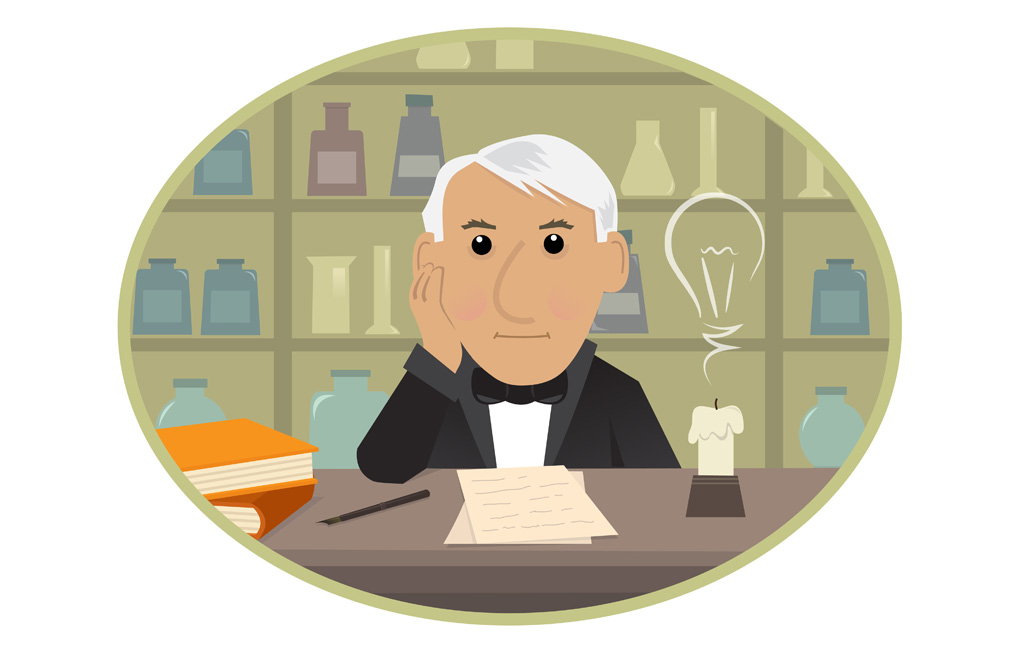Journaling and Best Next Steps, Part 1

You’ve completed the CoreSelf Mapping experience. You’ve learned how to activate your Internal Observer/Navigator. You’ve prioritized slowing down and aligning your energy level and values. So, there’s a way to keep the momentum going and those best next steps coming: CoreSelf Journaling.
Journaling is beneficial for anyone and everyone—in good times and bad times. When you use the CoreSelf mapping tool as a personal journaling practice, it helps to heighten your focus and foster insight in the areas of your life that matter the most.
Most of us effectively manage things—family, job, school, bills, projects, errands— in our lives that require our immediate attention with the time we have available. Occasionally, some of us even find the time to eat right and take care of our physical health. Unfortunately, sometimes we run out of time to spend with the people that matter the most to us. The difficulty of maintaining our emotional wellbeing brings up another important point. Would you rather maintain or repair?
Anyone who’s ever owned a bicycle, vehicle or home is aware of the importance of preventing unexpected investments or costly repairs. Similarly, investing just a few minutes CoreSelf Journaling each day can provide significant returns in maintaining overall well-being; in considerably less time than it takes to physically exercise, you can exercise and strengthen your mental muscles.
Strong emotional foundations consist of several individual building blocks including:
- Taking inventory of where you are (self-awareness).
- Envisioning where you want to be (values & goals).
- Building and refining positive habits (self-discipline & regulation).
- Proactively taking a breath or pausing to reflect (self-care & reflection).
- Determining sustainable best next steps (self-direction & learning).
- Practicing gratitude (self-recognition, credit, and appreciation).
Combined, these practices create a reliable compass of character and resilience that can help us successfully navigate the vicissitudes of our lives’ journey.
Now, you might wonder, how can I maintain something I can’t see?

While there are certainly many answers to this question—with varying levels of costs and time—there is a relatively simple option. By taking a few minutes of each day to journal, one is able to:
- Notice patterns and themes developing at various points in your life that provide a launch pad for continued personal growth.
- Create “eureka moments” connected to prior journal entries.
- “Get on the Same Page” with yourself and others.
Taking 5-15 minutes a day to engage in the mindful practice of journaling can balance our need to maintain self-care and daily responsibilities, while focusing on people and projects that matter most.
Learn more about CoreSelf Mapping, CoreSelf Positioning, and CoreSelf Journaling.
About the Authors
Jonathan Thomas, MSW
Whether at the potter's wheel, coaching medical professionals and teams, or in his private counseling practice, Jonathan Thomas has spent his life molding, shaping and creating something beautiful and new.
Tim Preston
As a successful serial-entrepreneur and angel investor, Tim Preston has spent the majority of his life learning, overcoming, and creating, from blank pieces of paper: self, spaces, teams, and businesses.
Together, Jonathan and Tim founded Simple. Not Easy., LLC, a company that developed CoreSelf Positioning™ tools to help companies and individuals to slow down and align energy levels, values, and actions in order to formulate their best next steps.
Learn more about Jonathan, Tim & CoreSelf Positioning.